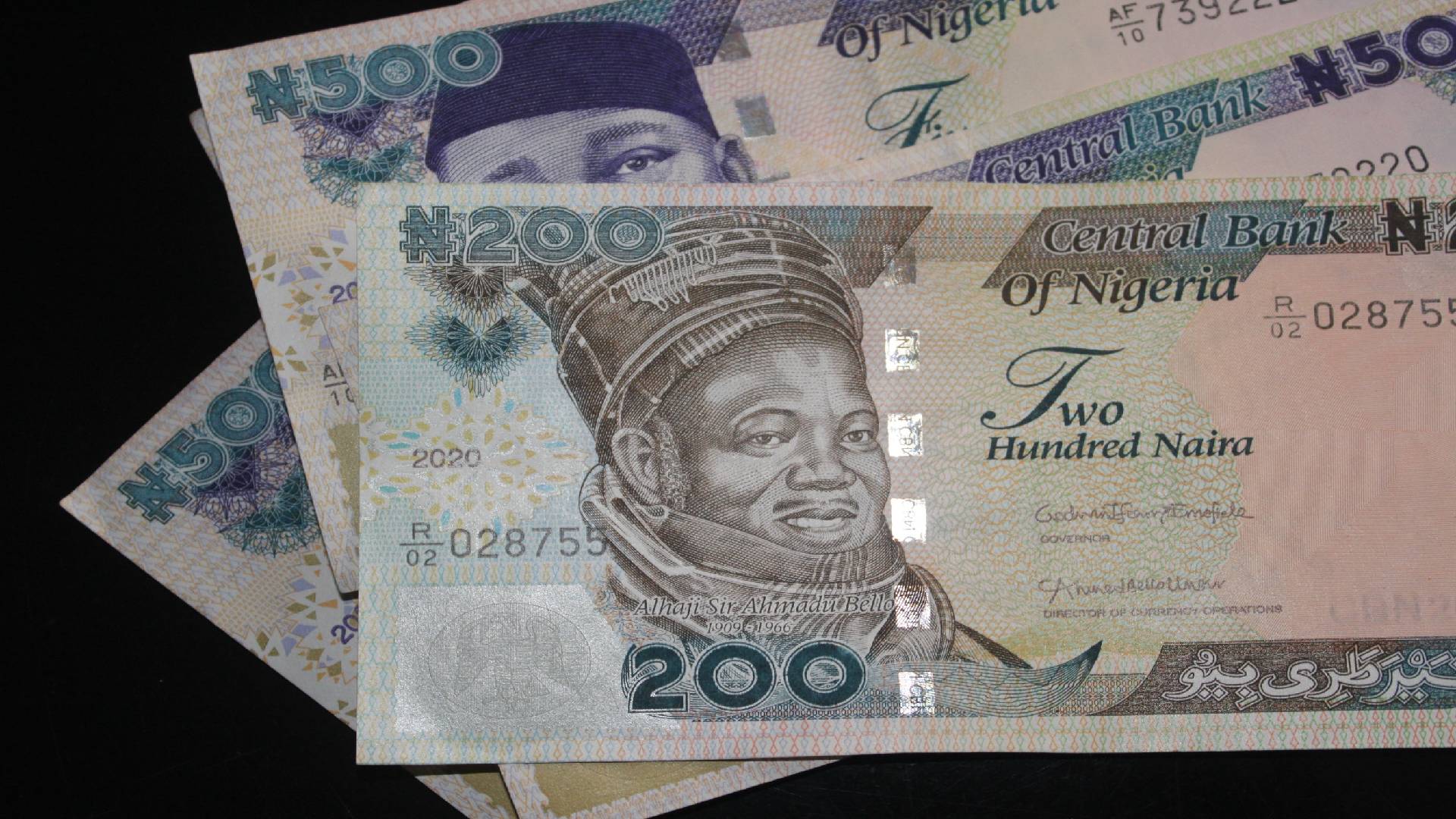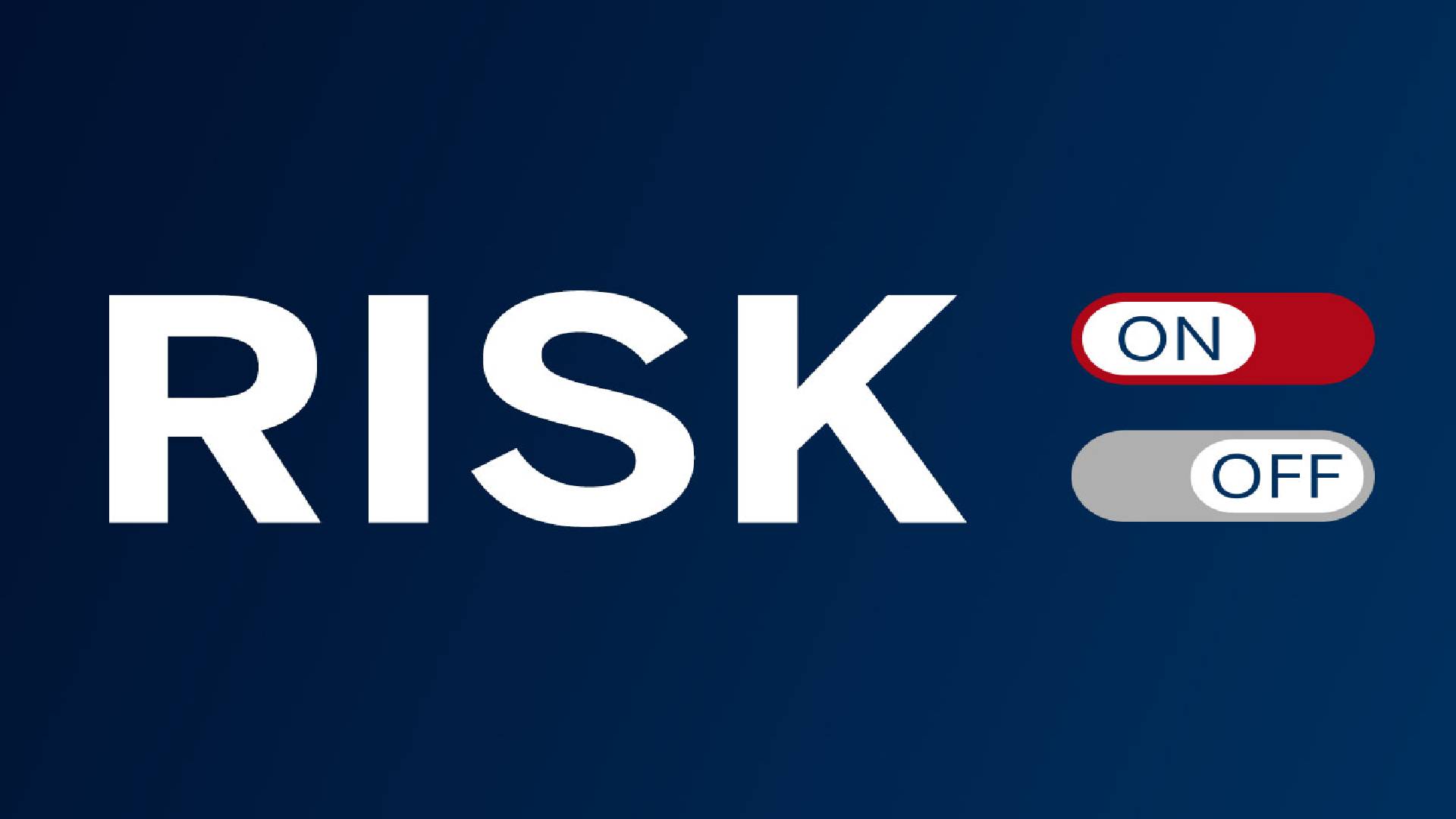 Trading leverage is a mechanism that allows you to open positions being a multiple of the funds on your trading account. Trading leverage can be compared to an interest-free loan which trading broker offers to its client thanks to which they can operate on the market with bigger positions. For example, 100:1 (or 1:100) leverage lets you open positions 100 times bigger than the capital you deposited on your trading account and leverage 500:1 ( or 1:500) positions even 500 times bigger.
Trading leverage is a mechanism that allows you to open positions being a multiple of the funds on your trading account. Trading leverage can be compared to an interest-free loan which trading broker offers to its client thanks to which they can operate on the market with bigger positions. For example, 100:1 (or 1:100) leverage lets you open positions 100 times bigger than the capital you deposited on your trading account and leverage 500:1 ( or 1:500) positions even 500 times bigger.
In US dollar values, 1:100 leverage combined with 5,000 USD deposit on your trading account let you trade with the maximum market exposure of 5,000 x 100 = 500,000 USD whereas 1:500 leverage with the same amount of funds 5,000 x 500 = 2,500,000 USD. In other words, 5,000 USD on your trading account with 1:100 leverage lets you open a maximum position of 5 lots on e.g. USDJPY, while 5,000 USD with leverage 1:500 increases the maximum position to 25 lots.
Calculation of Trading leverage
It is not difficult to calculate trading leverage. As leverage tells you how many times your market position exceeds the amount of your margin, the leverage formula can be described as follows:
Financial leverage = size of position / margin
According to this leverage calculation formula, if you have an open market position worth 10,000 EUR and your margin is 100 EUR, the leverage amounts to 10,000 / 100 = 100. Interpretation of the leverage equal to 100 is that your market position is leveraged 100 times – you only need a margin of only 1% of your position. The higher the leverage on your trading account, the lower the level of margin required to open any position. If you trade with trading leverage of 200, you will need only 50 EUR of your own equity on the account to open a market position worth 10,000 EUR. Since the degree of leverage is expressed as the ratio of your capital versus the size of the market position, it is common among traders to say – trading leverage 1:100 (leverage one to one hundred) or 1:200 (leverage one to two hundred).
By knowing the amount of leverage on the account, you can easily calculate two values – the maximum amount of the position which you can open on your currency trading account and the amount of deposit that you have to hold to open and maintain such a position. The calculations we are talking about are done automatically by the trading platform and there is no need for you to do them by yourself every time. Nevertheless, it is always worth knowing how the leverage mechanism looks like and where the individual values that we see on the trading platform come from.
Advantages of trading leverage
Since you already know what trading leverage is, it is worth asking yourself– is it worth having access to high trading leverage? It all depends on your individual preferences, his degree of knowledge and market experience. If you’re just starting to trade Currency market and do not have enough knowledge and experience to manage the capital and risk skilfully, having too high trading leverage on the account may result in significant losses or even your trading account being wiped out. The same situation may also occur in the case you do not skillfully control your emotions and try to open a position using whole capital on your trading account. Having too much market power can turn against you and lead to significant losses.
So for whom does a high trading leverage and CFD leverage make sense? For investors who take advantage of trading leverage to maximize their return on investment (ROI). In the hands of a professional, leverage in Currency market can bring a return on invested capital of hundreds of per cent, even when market volatility is not significant. This is due to the fact that the size of the market position held by such a trader – thanks to the appropriately high trading leverage – directly affects the potential profit (and loss as well).








